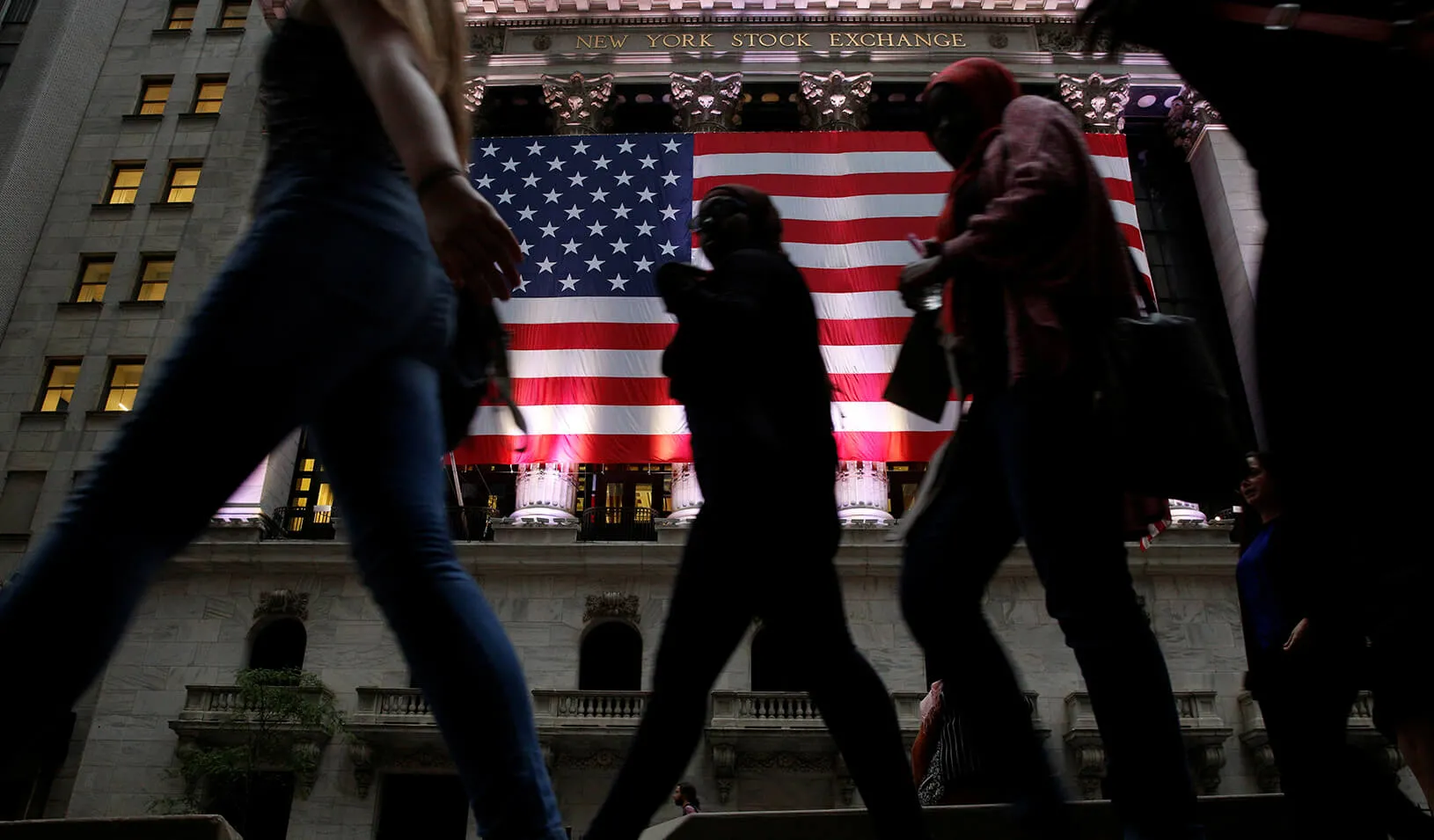Why Are U.S. Bonds Such a Secure Investment, Despite the Country’s Growing Debt?
When investors believe an asset is safe, their “flight to quality” helps make it so.
August 03, 2016

U.S. bonds perpetuate their own safety — the more investors snatch them up, the safer they become. |
Reuters/Brendan McDermid
Earlier this summer, when Great Britain’s Brexit referendum to leave the European Union devalued the British pound and briefly crippled stock markets around the world, one investment vehicle remained relatively unscathed: U.S. government bonds.
During a period in which the NASDAQ fell 4% and the Nikkei dropped 8%, U.S. government bond prices rose, suggesting that U.S. bonds and the debt they represent offer a safe haven for institutional investors during times of turmoil. Such an environment keeps bond demand high and yields low, since prices and yields are negatively related.
The market response proved some of the exact points made in a recent paper by finance professor Arvind Krishnamurthy of Stanford Graduate School of Business.
The study, “What Makes U.S. Government Bonds Safe Assets?” which appeared in a recent issue of the American Economic Review, finds that in times of economic uncertainty, U.S. government bonds are among the safest investments one can make. It seeks to understand why such bonds represent such a significant part of the safe-asset portfolios of institutional investors, central banks, and other nations. And what makes the bonds so bulletproof.
“There’s something very special about our government’s debt,” says Krishnamurthy, who’s been working on this topic for the better part of a decade. His coauthors on the paper are Zhiguo He of the University of Chicago’s Booth School of Business and Konstantin Milbradt of Northwestern University’s Kellogg School of Management. “We’ve learned that what matters for a safe asset is not that it is absolutely safe, but that it is relatively safe in relation to everything else,” Krishnamurthy says.
Counterintuitive Reality
It’s a curious phenomenon. In most nations — especially the smaller economies of Europe — instability breeds panic, which sparks sell-offs that tend to make yields rise. What’s more, here in the United States, government debt has risen substantially relative to GDP over the last 10 years — another situation that, in just about every other case, would precipitate a yield spike.
Researchers note that even during times of worsening economic fundamentals (particularly during the financial crisis of 2007-08), when U.S. government debt normally would be expected to grow due to impending recession and the possibility of a big government bailout, yields on domestic debt have fallen relative to the yields of other debt. The 12-month government bond yield returned 1.13% five years ago and has held relatively steady despite an uptick in government debt and a congressional showdown on approving the debt ceiling last year.
This is because investors keep investing, no matter what. Krishnamurthy theorizes that in times of turmoil, they pick the option that’s least bad. “The reality is that U.S. government bond prices are not failing because everyone is rushing to them,” he explains, describing the trend as a “flight to quality,” and referring to U.S. bonds as the safest asset in the world.
“Against the rest of the investment options around the world, safe-asset investors simply have nowhere else to go.”
Modeling Good Debt
The researchers devised a model to highlight this “nowhere else to go” aspect of safe assets and to determine the conditions under which debt is considered “safest” for institutional investors to buy.
Applied to the financial situation in the United States before Brexit — research was conducted in the early part of 2016 — the model suggests that even if the U.S. economy were to take some sort of unanticipated hit, investments in U.S. government debt would continue to be safe so long as our country’s fiscal position remains superior to other countries’.
The model also suggests that one of the main reasons U.S. debt is safe is because there is so much of it, and large debt size leads to a more liquid debt market. Here, Krishnamurthy explains that during and after the U.S. financial crisis of 2007-08, the Treasury issued more bonds to gather revenue while the Federal Reserve used interest-bearing bank reserves to purchase mortgage-backed securities.
In this sense, the assets essentially perpetuate their own safety — again, the more investors snatch up U.S. government bonds, the safer the bonds become relative to bonds that represent debt from other countries.
Overall, the researchers opine that the safety of a safe asset depends on investor beliefs. When investors believe an asset will be safe, their subsequent actions can make that asset safe. “Safety is endogenous,” they write.
In coming months, Krishnamurthy and his colleagues plan to conduct new investigations into how trade flows and exchange rates can impact the safety of an asset. They also hope to apply some of this thinking to U.S. fiscal policy; their data suggest that increasing expenditures in infrastructure (i.e., roadways, construction, the power grid) during economic downturns might be cost-effective, since financing would be “safer” and cheaper.
In the immediate future, Krishnamurthy says he wonders what the Brexit vote and a subsequent drop in bond yields might mean over the next 12 to 18 months. “Brexit appears to be a vote against the global-progressive-capitalist model that has been in ascent over the last few decades,” he says. “If this sentiment spreads around the world, it could mean a big reduction in international capital flows, which could mean a reduced demand for bonds.”
For media inquiries, visit the Newsroom.
Explore More

Recessions Are Painful, but Stagnant Growth Could Prove More Challenging

What If We Taxed Corporations’ Payouts, Not Profits?



